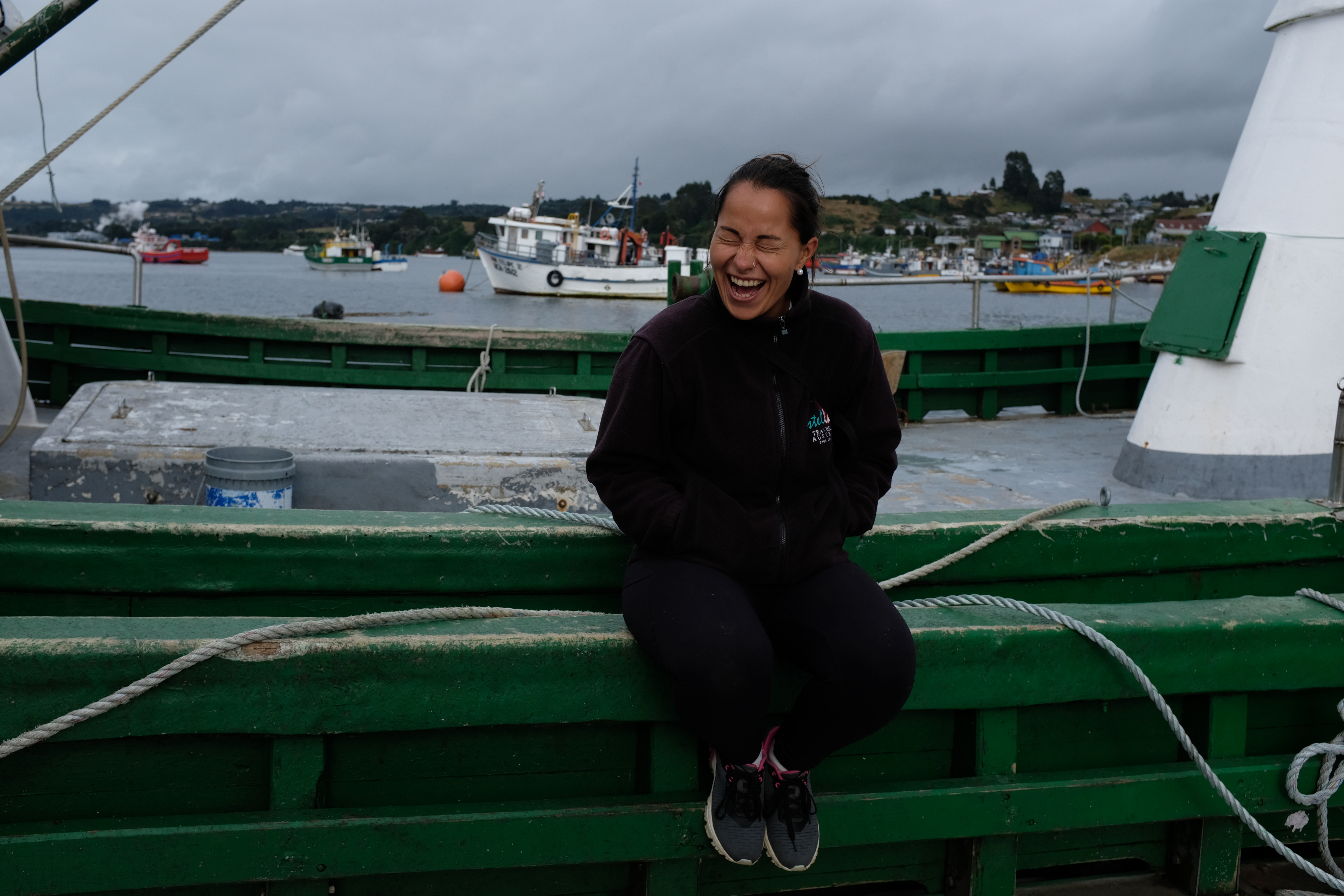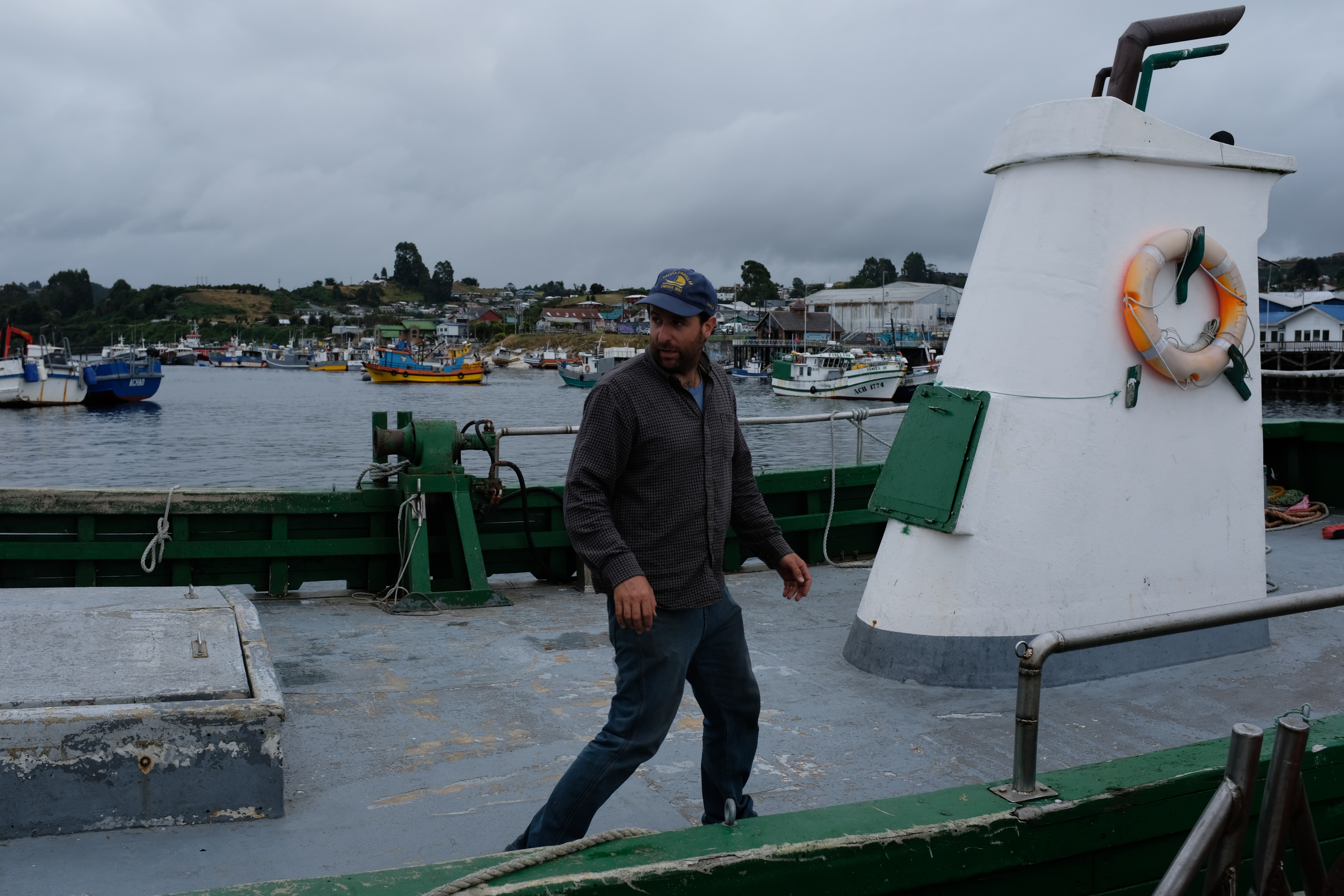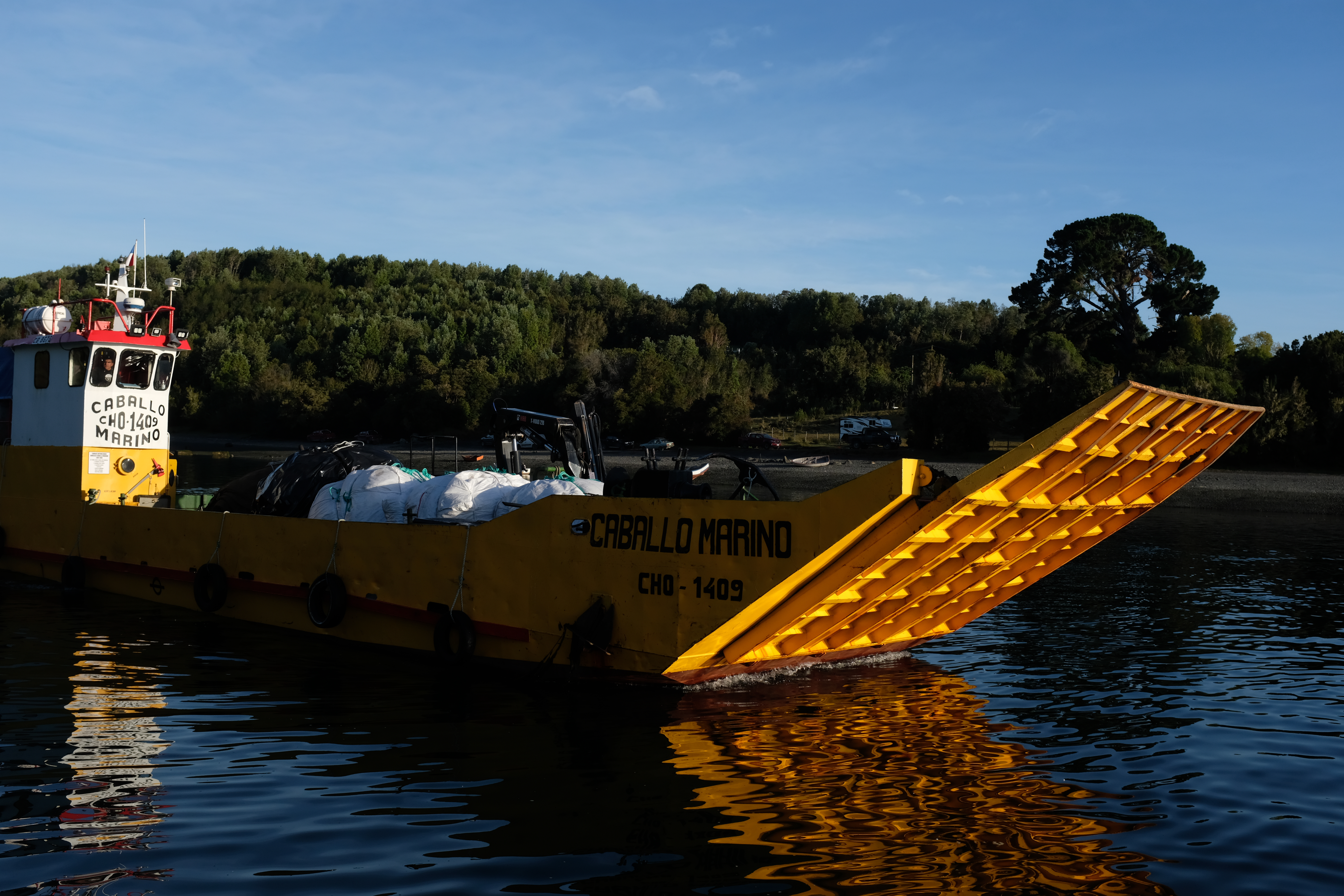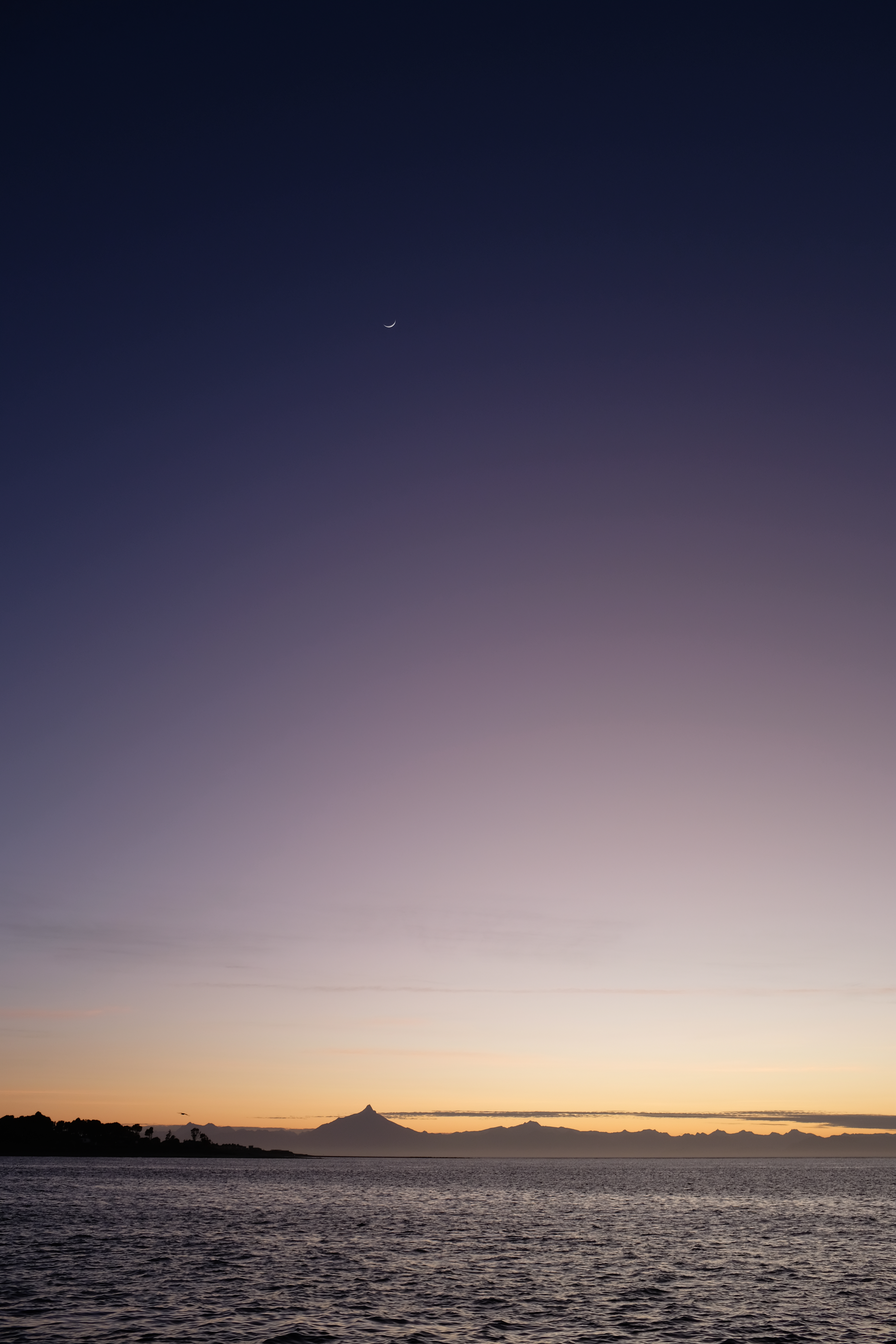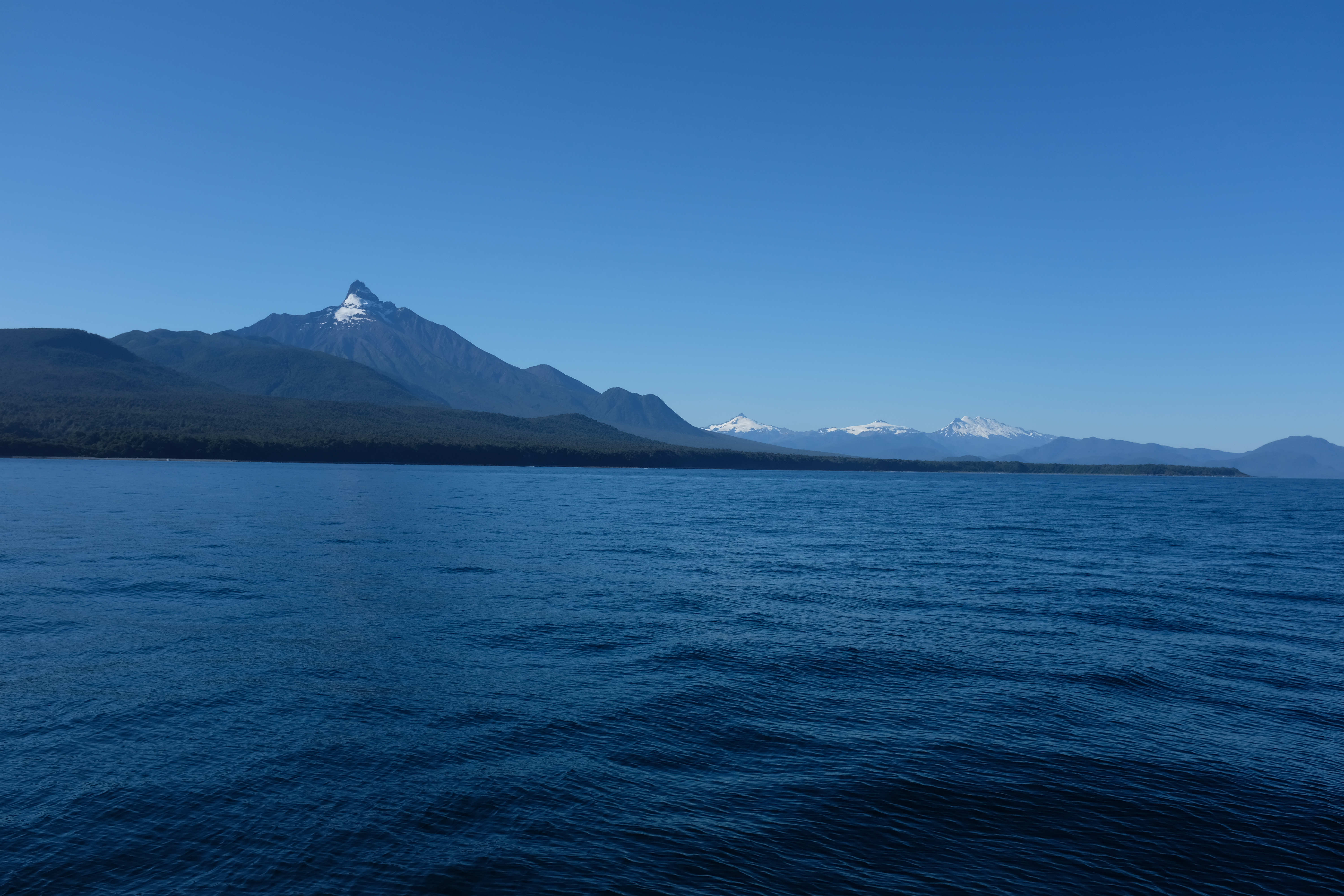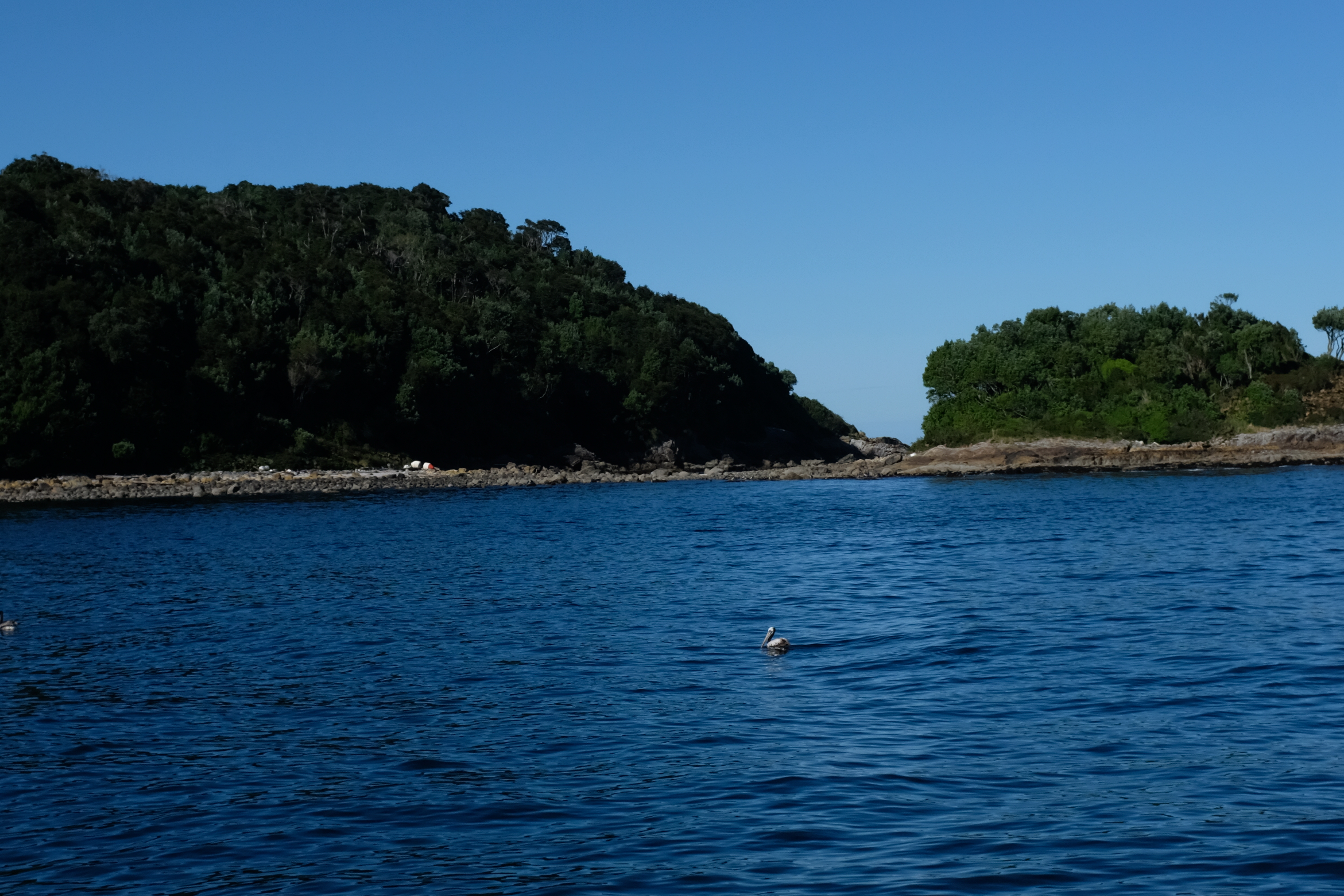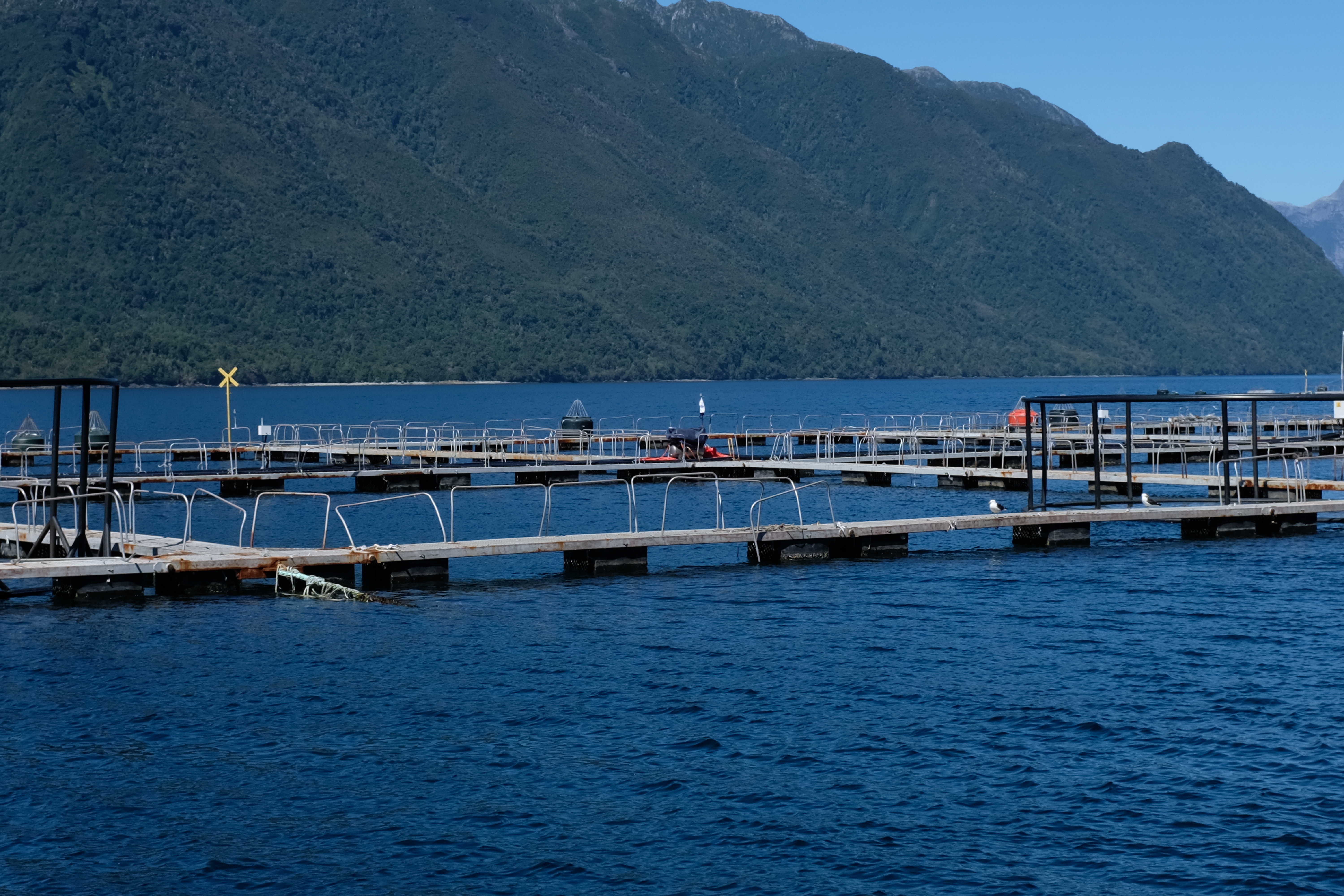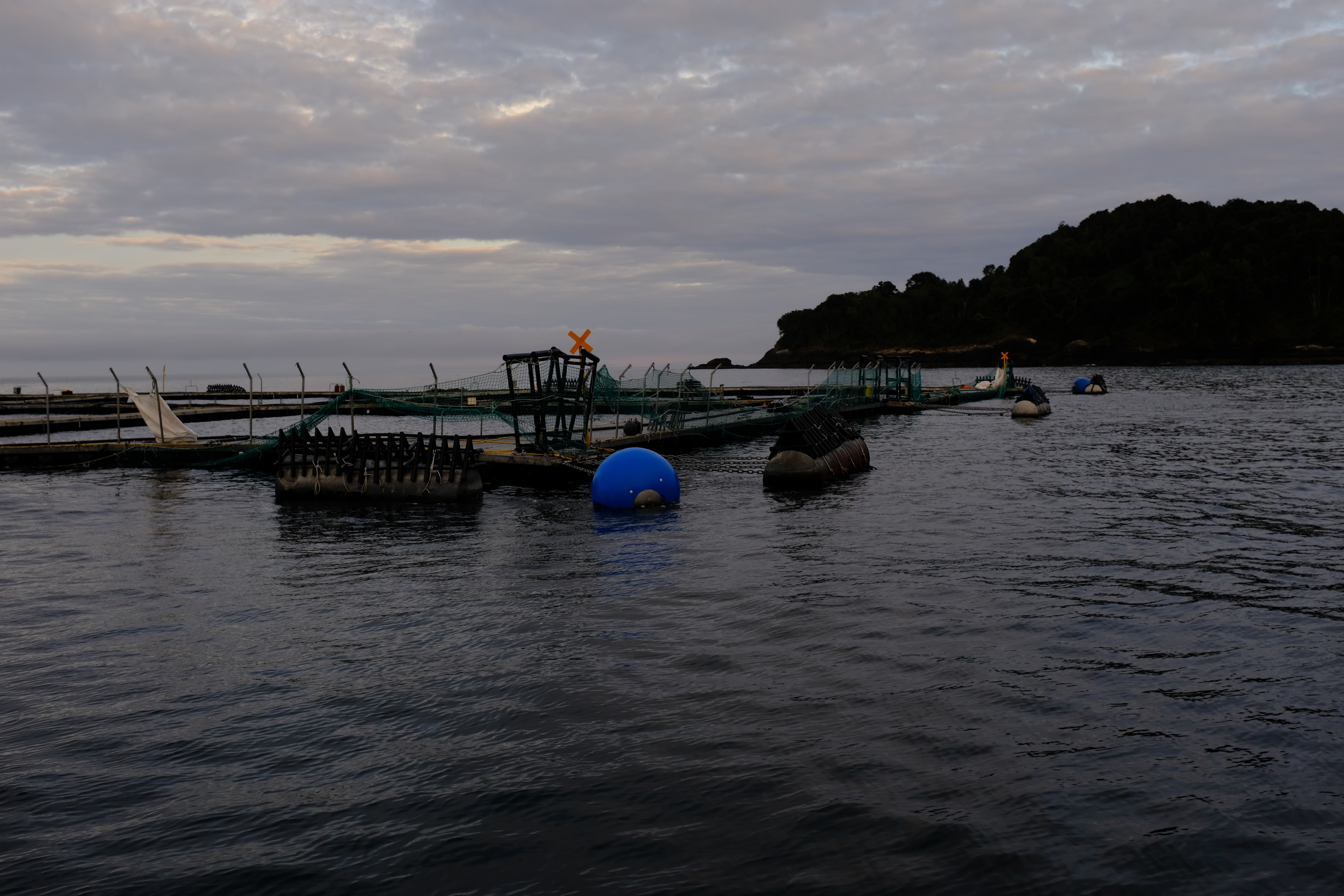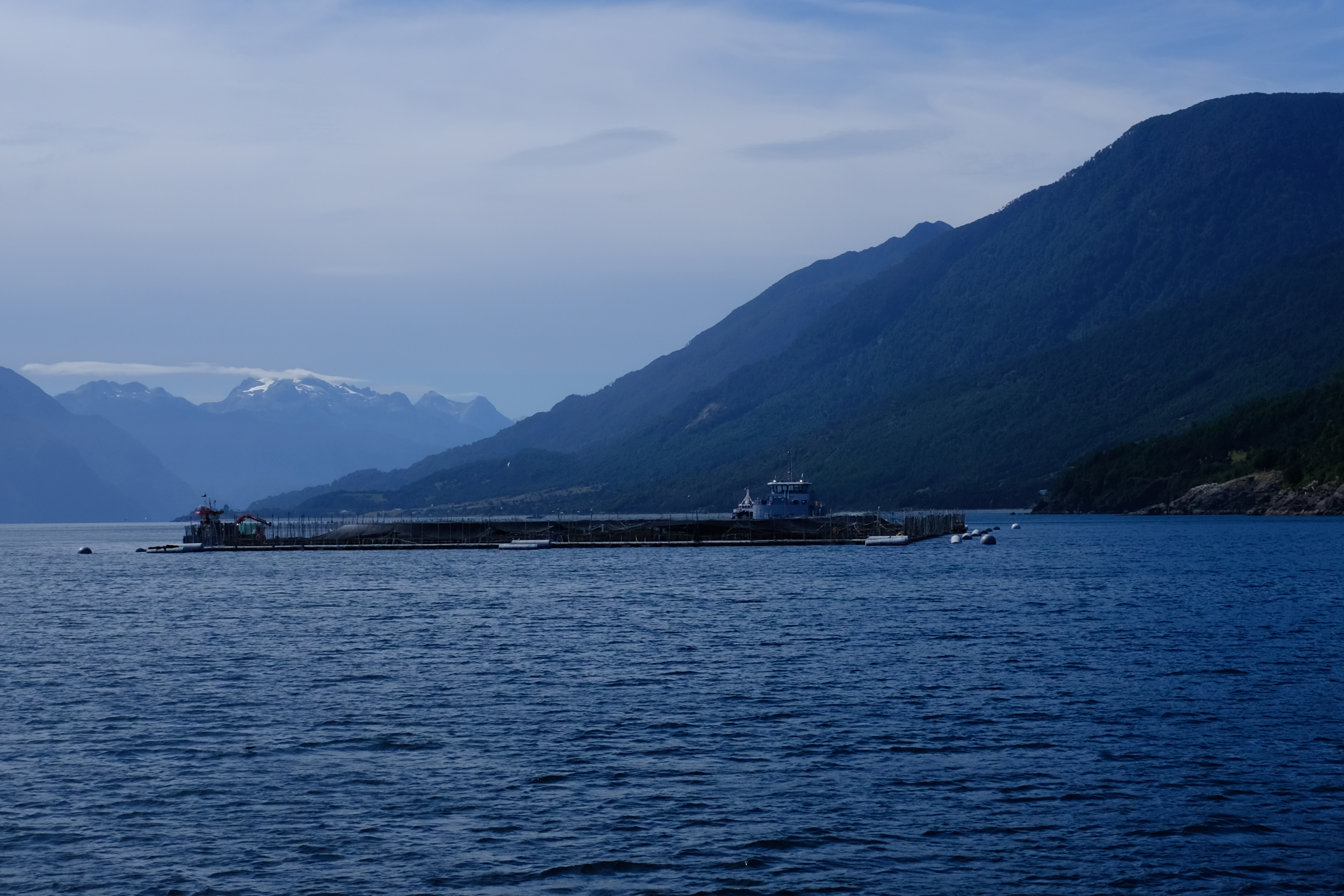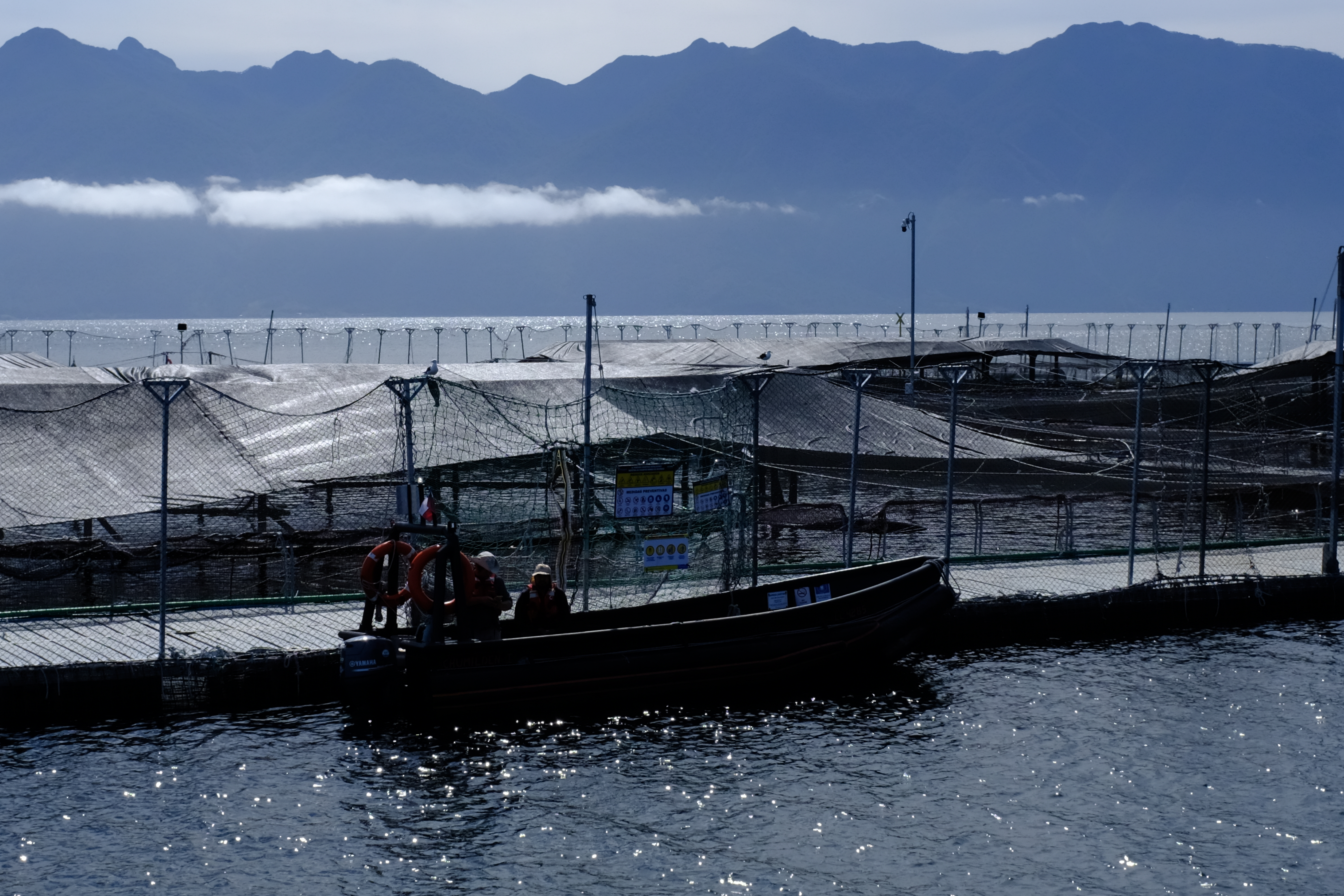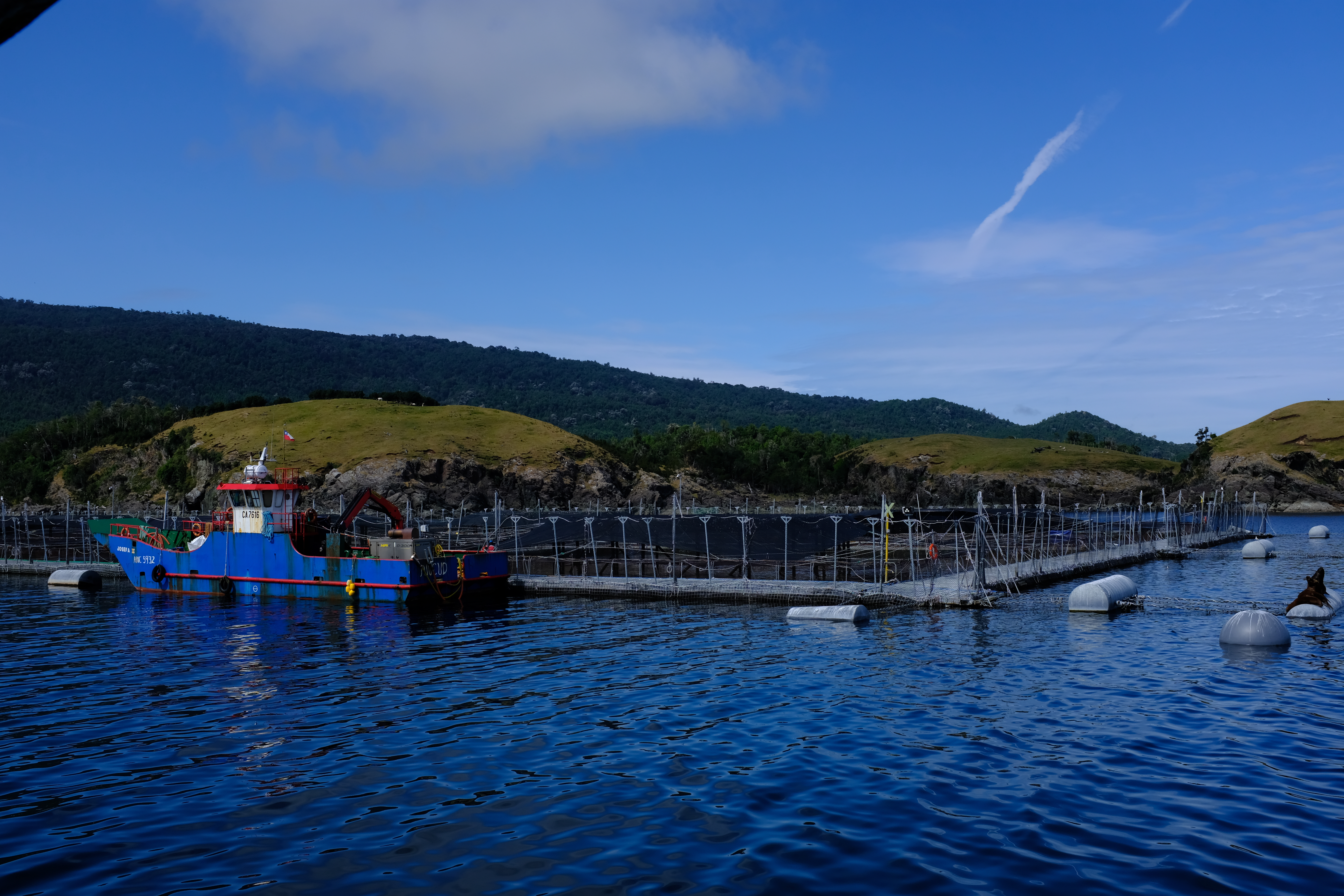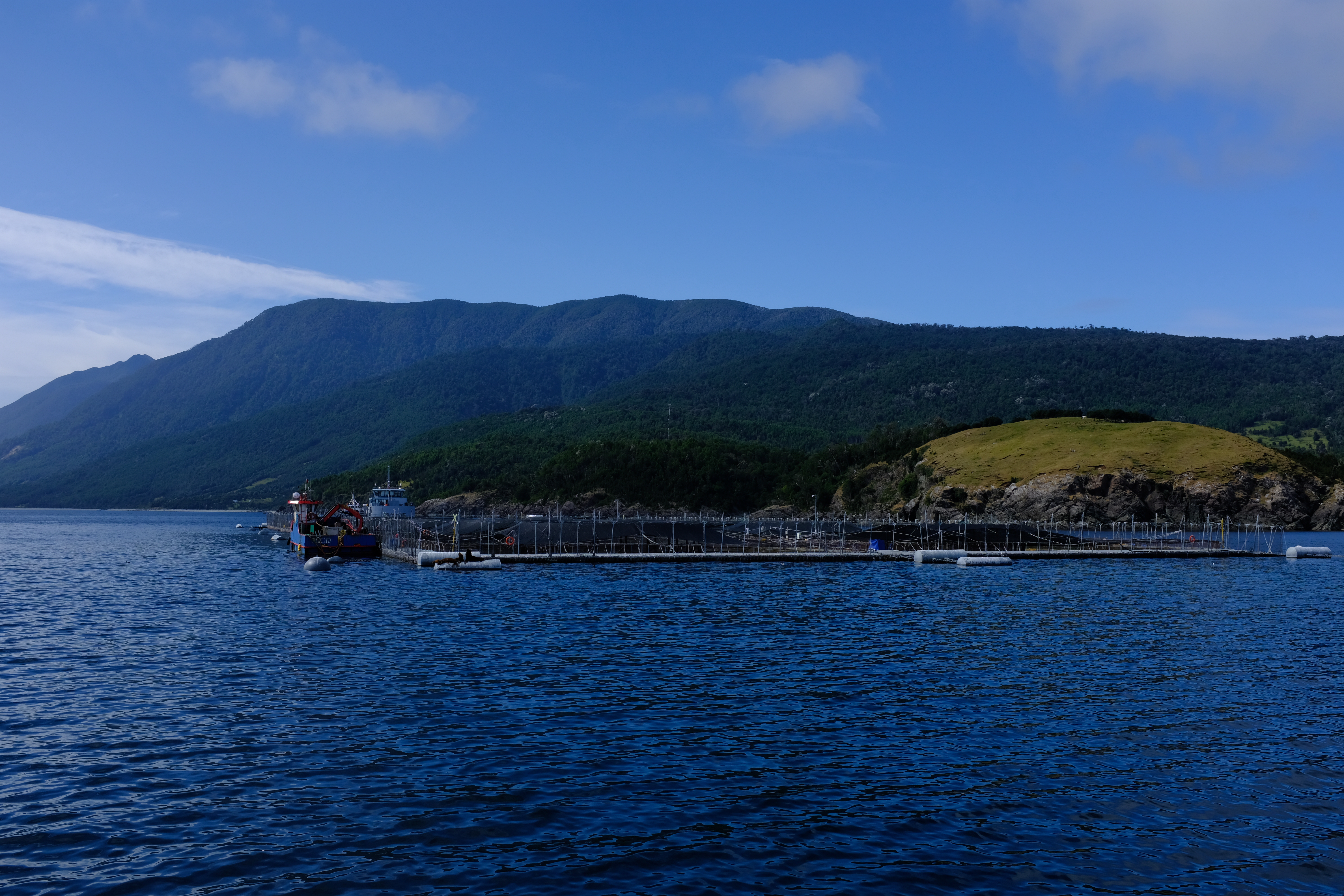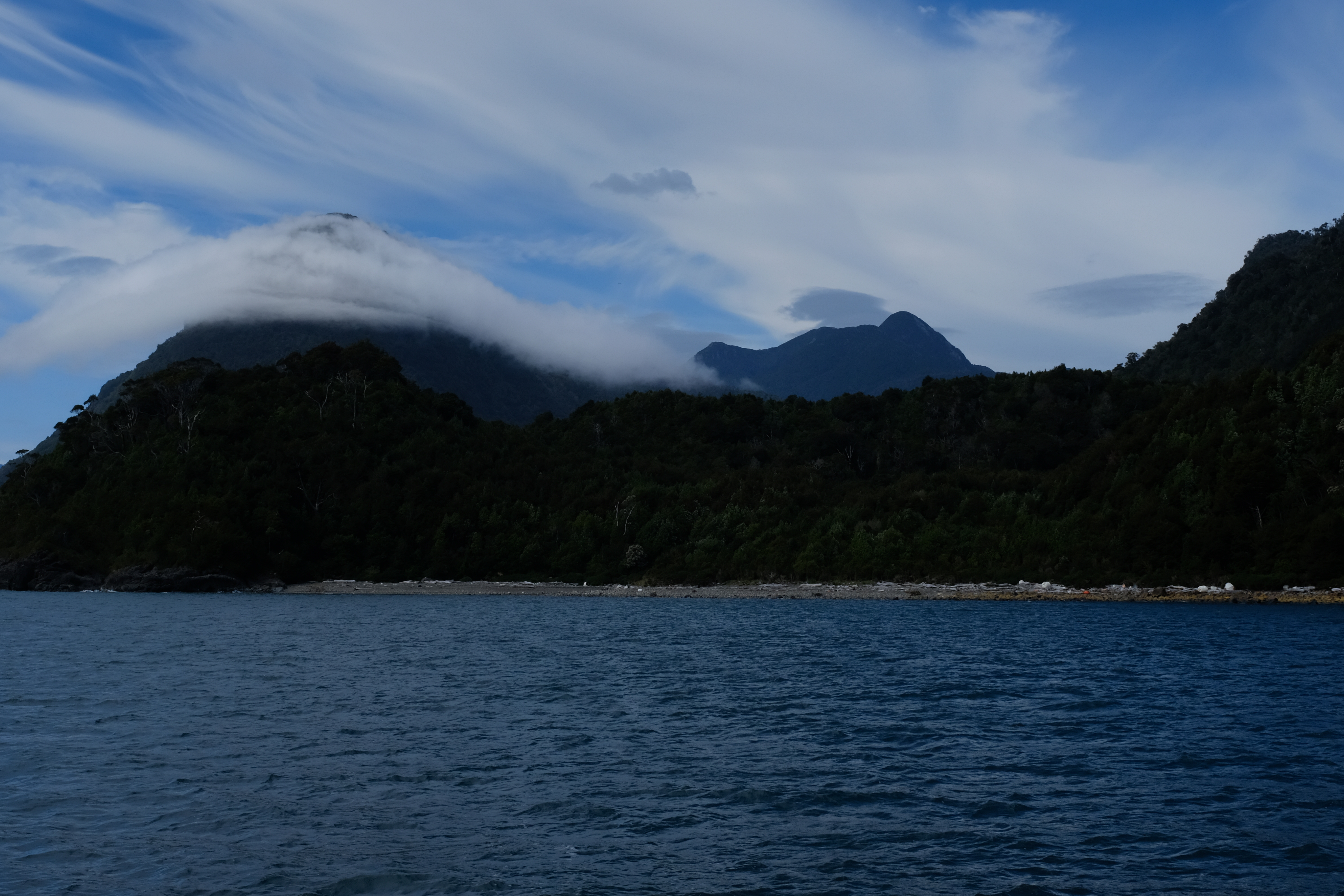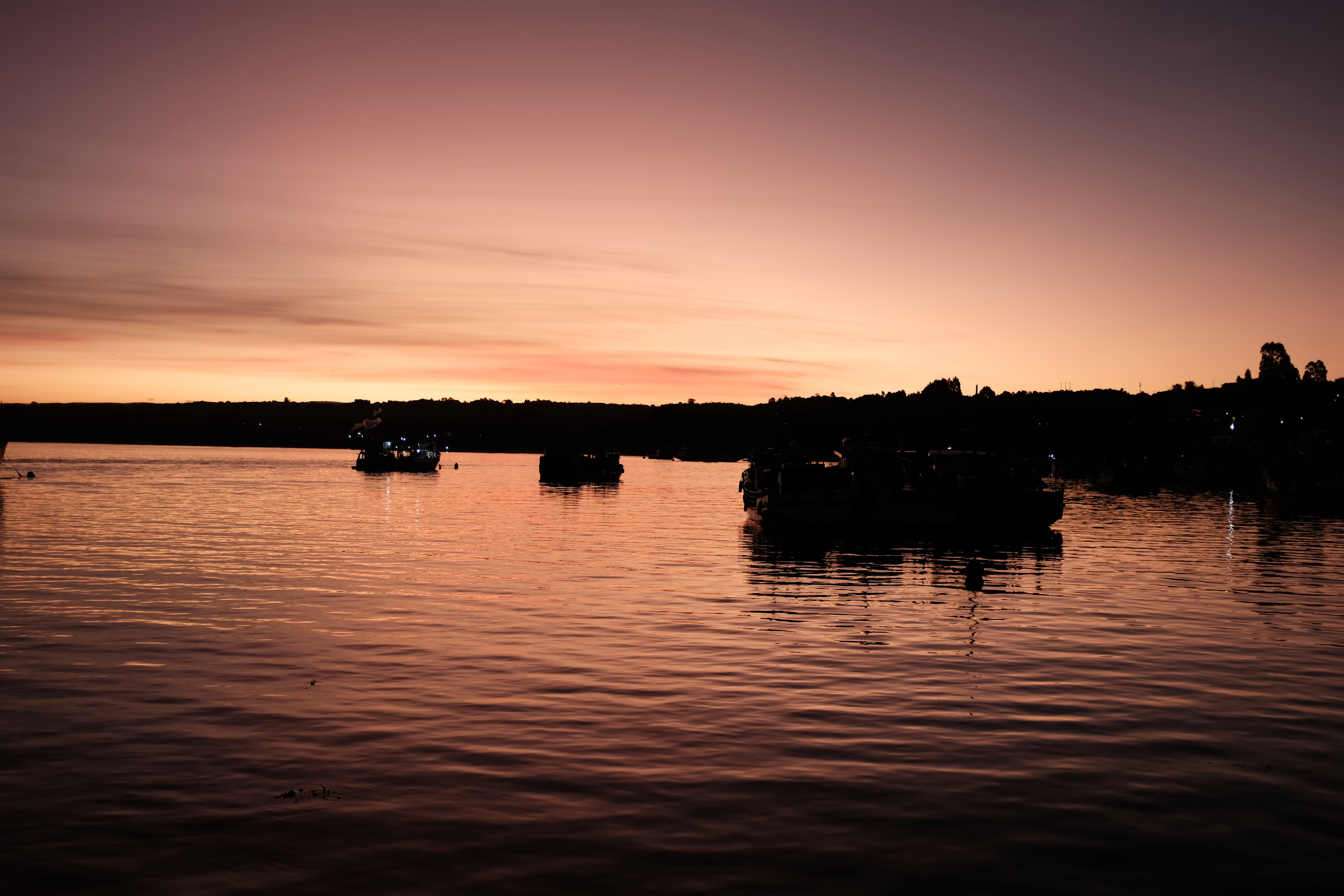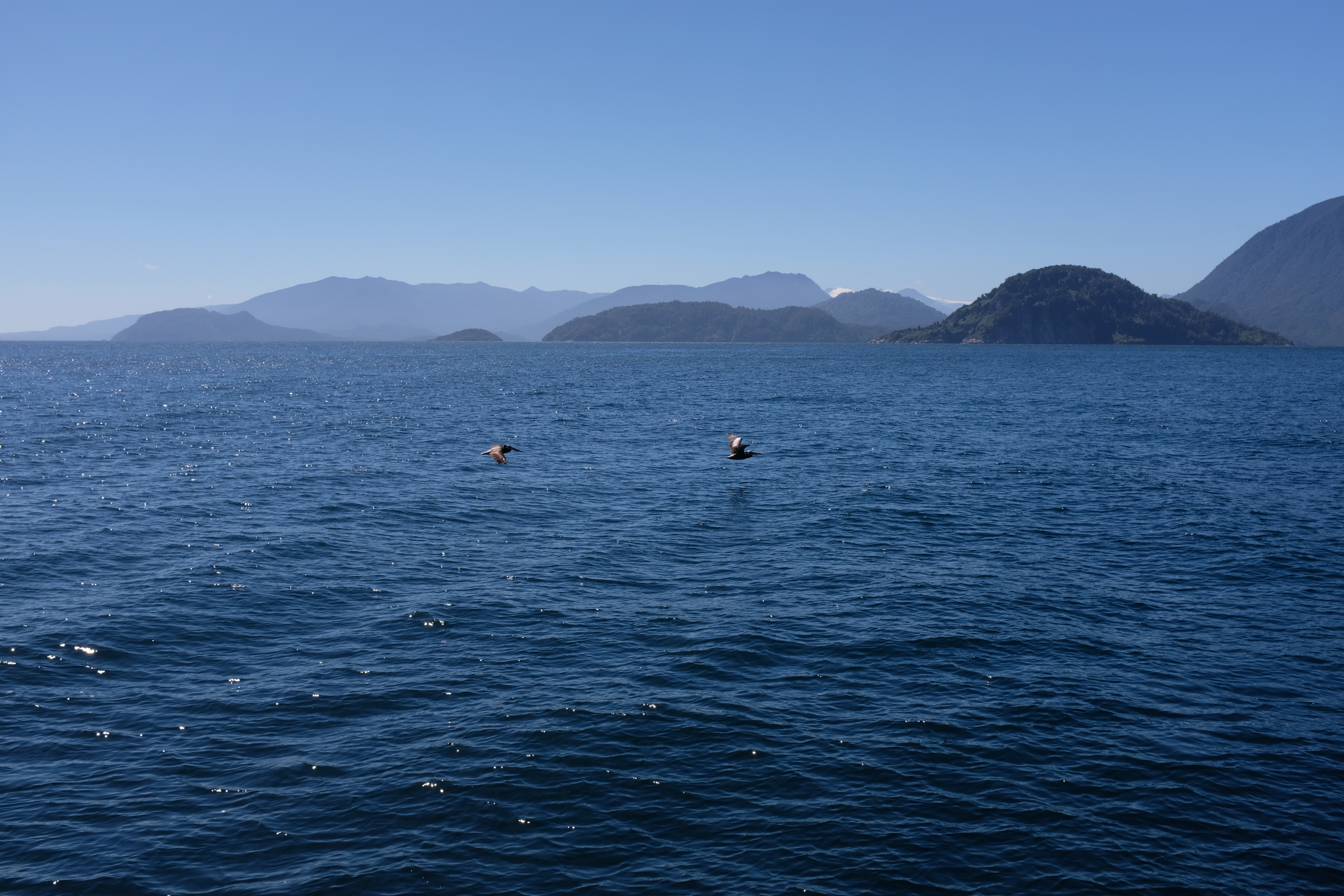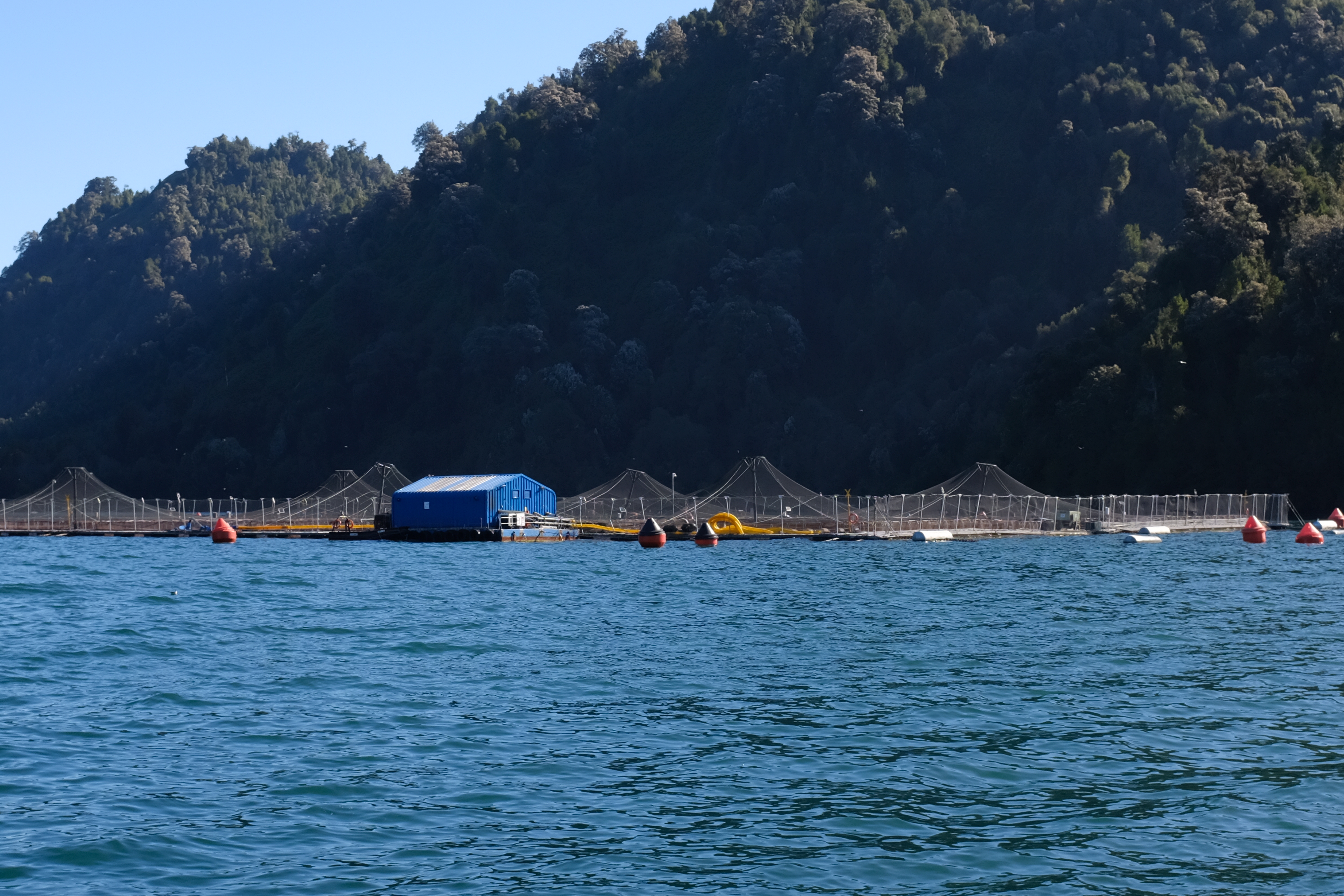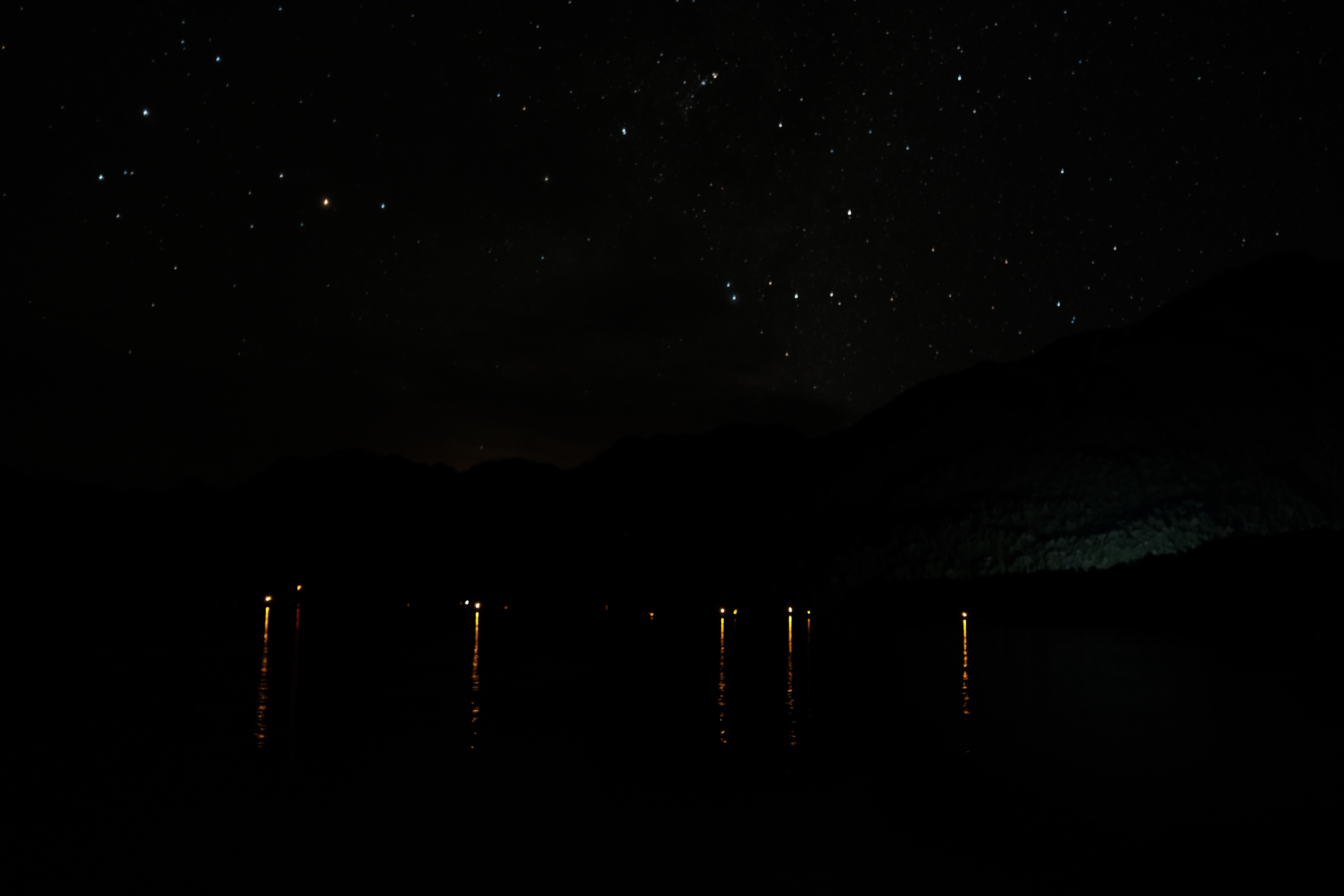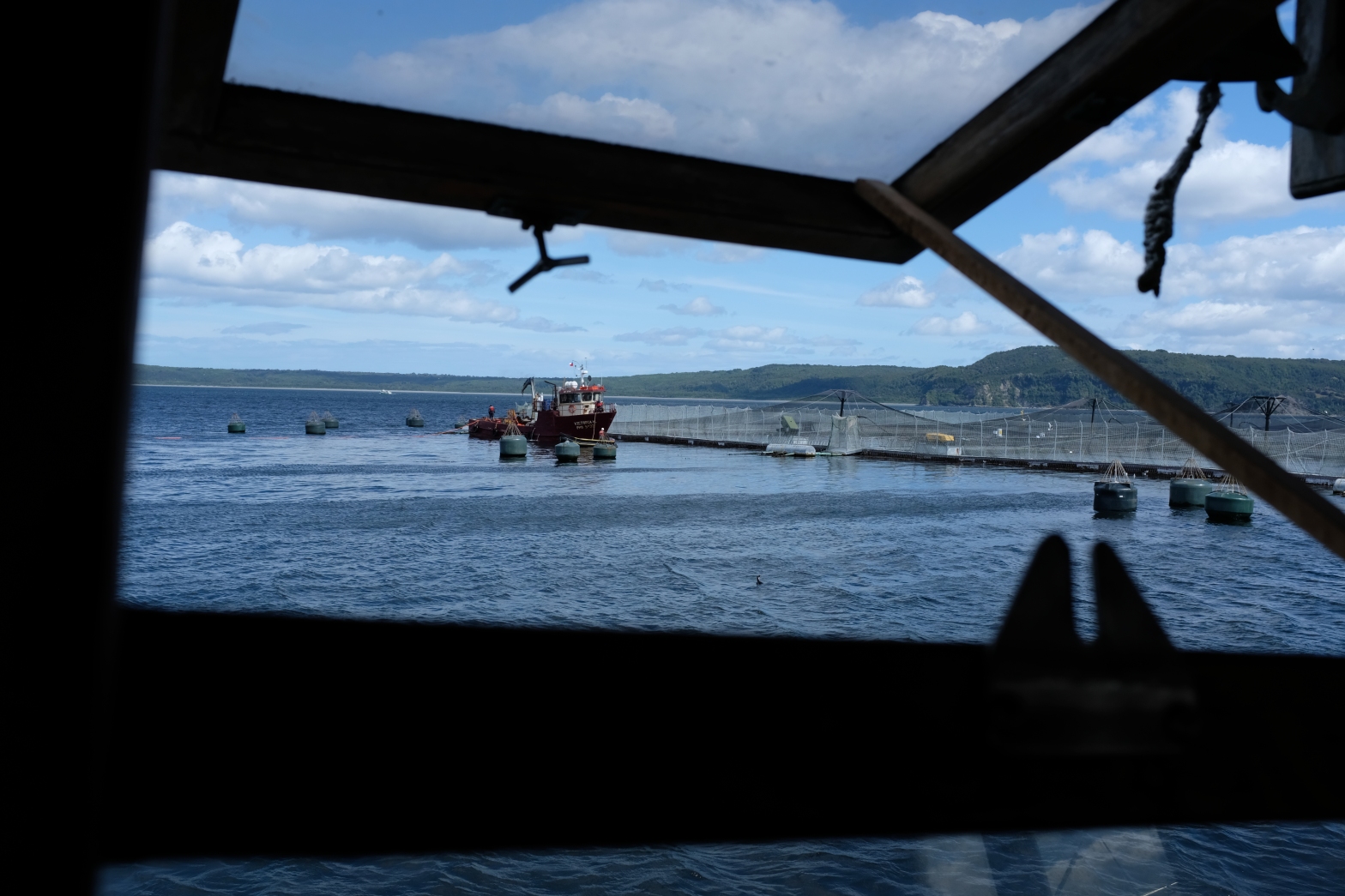This week Vermont (as well as parts of New York and Massachusetts) saw heavy rainfall resulting in catastrophic flooding in the state capital and other low-lying towns across the state. One man drowned in his home; hundreds of others were rescued or evacuated. The full extent of the damage to infrastructure and personal property will not be known for some time, and more rain is forecast for this weekend.
State climate assessments have already found that, because of climate change, Vermont is getting wetter: Precipitation is up 21 percent since the beginning of the 20th century, and the state sees almost two and a half more days of heavy precipitation annually than in the 1960s. Consequently, the state is at an increased risk for damaging rainfall and flooding. And yet Vermont has for several years now been positioning itself as a refuge for people looking to escape the worst ravages of the climate crisis.
“Climate change could be, in some ways, beneficial to Vermont,” Republican Gov. Phil Scott said in 2017. “When we’re seeing some of the activity in California today with wildfires and the lack of water in some regions of the country, if we protect our resources, we could use this as an economic boom in some respects.”
While events this week have underscored the reality that there is no escaping the climate crisis, it is true that people have moved to Vermont because the state is perceived to be safer than other places. Zack Porter, the co-founder of a regional environmental nonprofit called Standing Trees, chose to move with his family from Montana to Montpelier, Vermont, in 2018 to get away from the long wildfire seasons out West. The Bulletin reached out to Porter to ask him about experience as a voluntary climate migrant, and about his hopes and dreams for how Vermont will recover and rebuild from this disaster.
